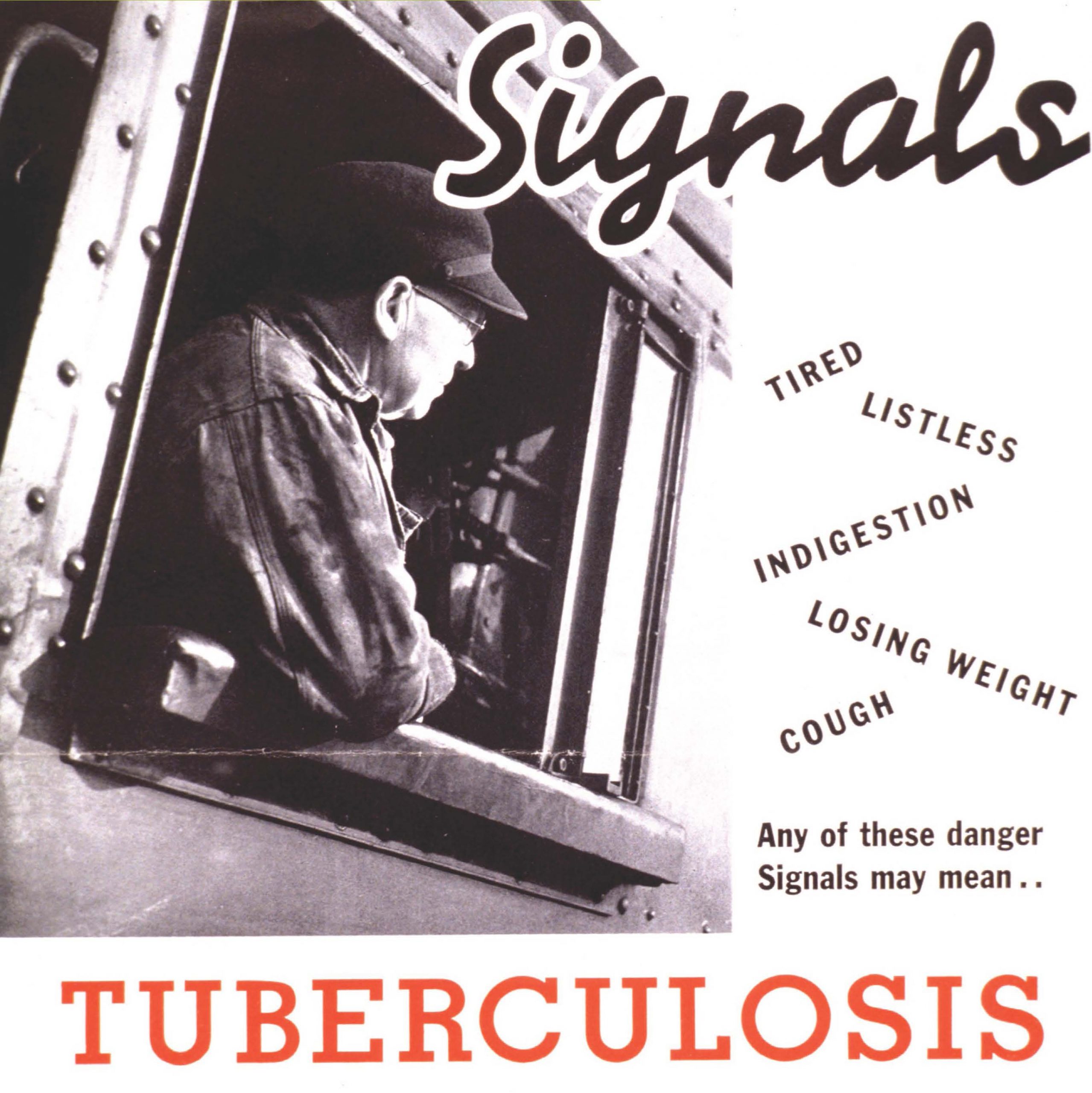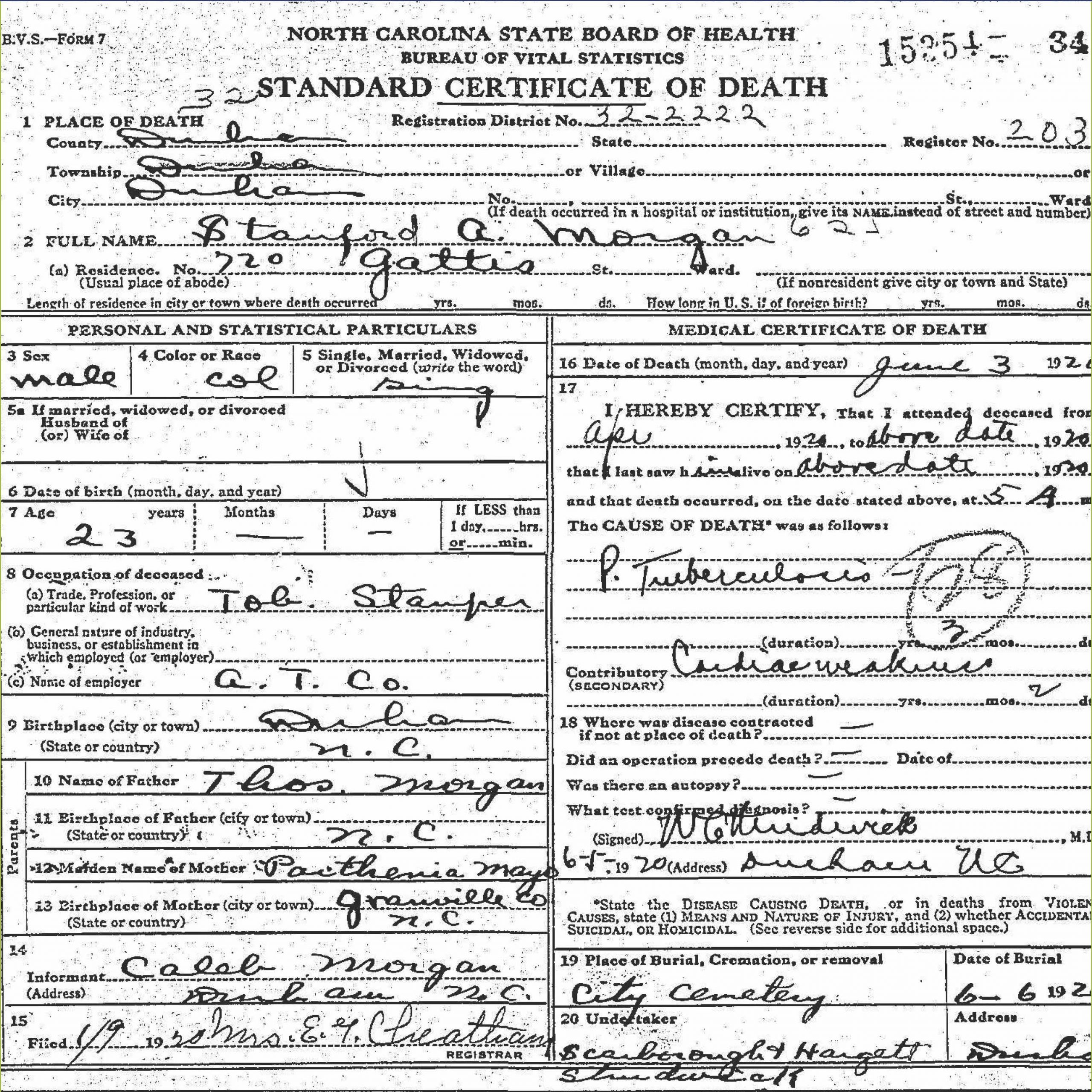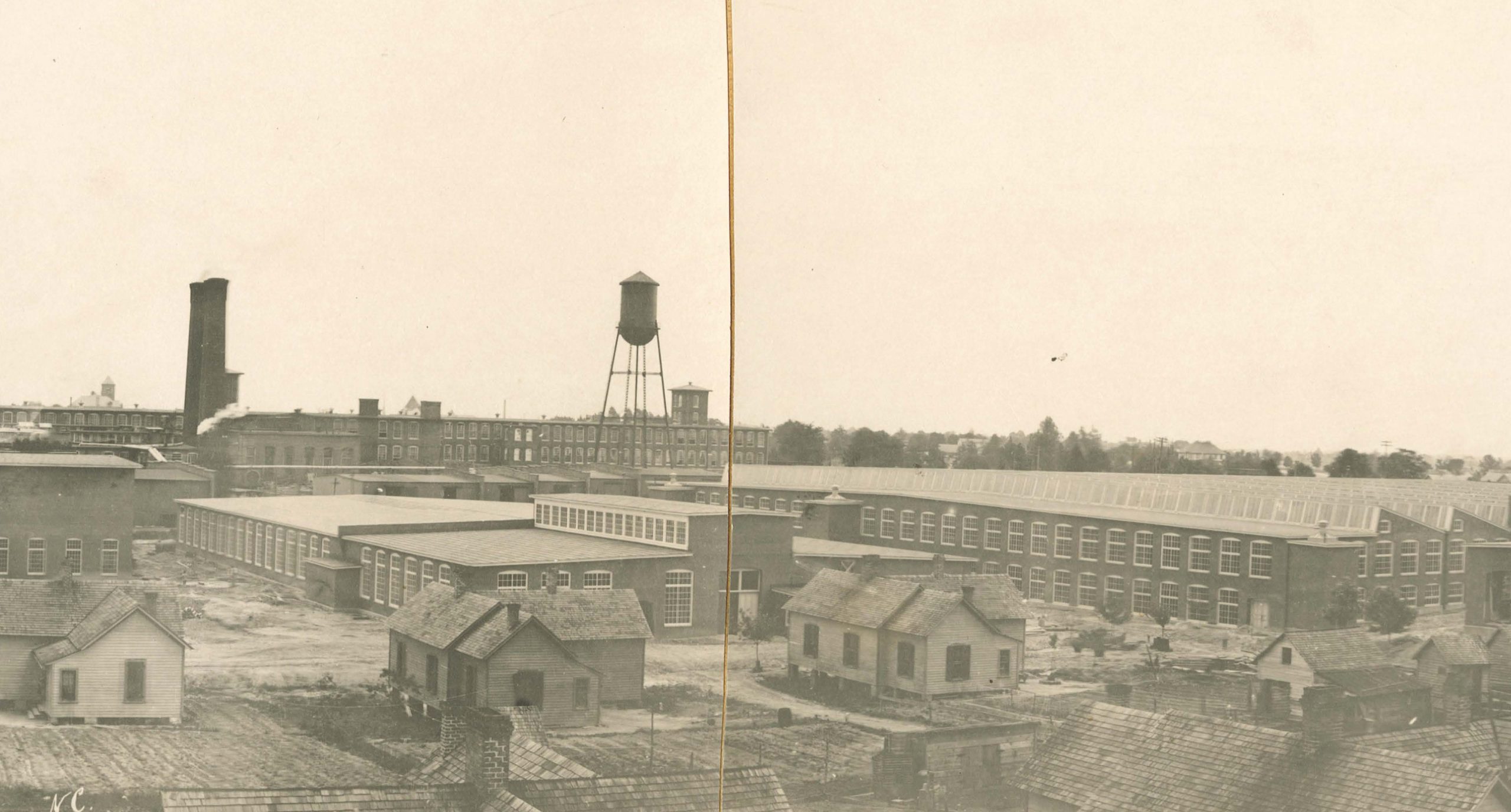
Tuberculosis
The scourge of a new south city
WHAT IS TUBERCULOSIS?
“Pulmonary tuberculosis is a very common, and frequently fatal disease of the lungs … It is caused by the growth and multiplication in the lungs of a very small germ … These germs are very widely distributed and practically all people breathe them in at all times.”
In the early twentieth century, Durham suffered from high rates of tuberculosis, an airborne disease that triggered fever, weight loss, and a distinct bloody cough. The pathogen flourished in cramped, low-quality living and working conditions, and disproportionately infected the Black working class population. Durham public health officials worked to reduce disease occurrence, but their interventions could not mitigate the structural inequalities of Jim Crow society.
This image shows the death certificate of Stanford A. Morgan, a Black tobacco stamper who lived in Durham’s West End. He died of pulmonary tuberculosis in 1920 at age 23.
Death certificates show that young factory and domestic workers were most at risk of dying from tuberculosis, suggesting that Black Durhamites worked in poorly- ventilated, cramped conditions that encouraged the spread of tuberculosis. The data also reveals that tuberculosis often hit a working-class family’s primary income earner, crippling household finances.





